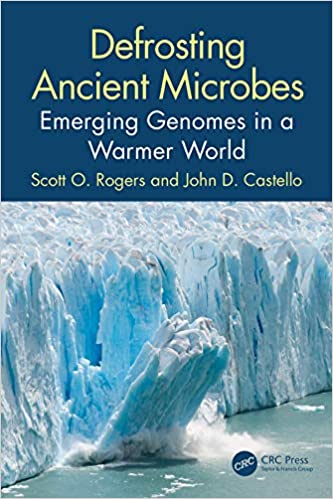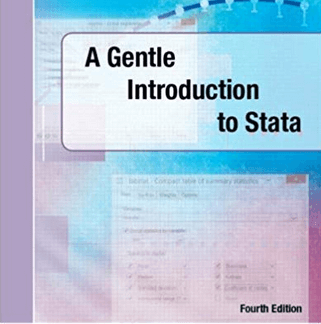Description
Defrosting Ancient Microbes: Emerging Genomes in a Warmer World by Scott Rogers, ISBN-13: 978-0367223502
[PDF eBook eTextbook]
- Publisher: CRC Press; 1st edition (September 23, 2019)
- Language: English
- 254 pages
- ISBN-10: 0367223503
- ISBN-13: 978-0367223502
Ice is melting around the world and glaciers are disappearing. Water, which has been solid for thousands and even millions of years, is being released into streams, rivers, lakes and oceans. Embedded in this new fluid water, and now being released, are ancient microbes whose effects on today’s organisms and ecosystems is unknown and unpredictable. These long sleeping microbes are becoming physiologically active and may accelerate global climate change. This book explores the emergence of these microbes. The implications for terrestrial life and the life that might exist elsewhere in the universe are explored.
Review
“As just one example, the book teaches us that Earth’s glaciers and subglacial sediments contain more microbial cells than all of the lakes and rivers on the surface of the planet combined. The resulting impact on global climate change is and will be huge, as this dead organic matter and newly revived microbes are thawed and summarily dumped into the sea. We lack the comparative context in our brief span of human history to gauge the contours of this impact. Paraphrasing Rogers and Castello, our surveillance for the unknown is nonexistent.
The volume covers a wide-ranging and at times alarming topic. The human population is growing, global ice melting is increasing, and right about now is when these trends begin to collide. Although the book primarily focuses on records of the past, reconciling these two phenomena arguably has more importance to the future than anything else.”
– Betül Kaçar (University of Arizona,Tucson, Arizona)
Scott O. Rogers is a professor of molecular biology and evolution in the Department of Biological Sciences at Bowling Green State University, Bowling Green, Ohio. He received his BS (1976) and MS (1980) degrees in Biology from the University of Oregon, Eugene, Oregon; and a PhD (1987) in Plant Molecular Biology from the University of Washington, Seattle, Washington; and was then a postdoc for two years at the same university. He was an Assistant Professor and Associate Professor at the State University of New York, College of Environmental Science and Forestry, Syracuse, New York from 1989 through 2001, before moving to BGSU, as Professor (and Departmental Chair 2001–2011). He has taught courses in general biology, botany, cell biology, molecular biology, molecular genetics, molecular techniques, molecular evolution, and bioinformatics. Research in his lab includes studies of microbes and nucleic acids preserved in ice, life in extreme environments, group I introns, ribosomal RNA genes, ribosomes, evolution of the genetic code, molecular microbial phylogenetics, microbial metagenomics/metatranscriptomics, ancient DNA, and plant development.
John D. Castello is professor emeritus of microbiology and forest pathology in the Department of Environmental and Forest Biology, State University of New York, College of Environmental Science and Forestry, Syracuse, New York. He received his BA (1973) in Biology from Montclair State College, Upper Montclair, New Jersey; his MS (1976) in Plant Pathology from Washington State University, Pullman, Washington; and his PhD (1978) in Plant Pathology from the University of Wisconsin, Madison, Wisconsin. He has been Assistant, Associate, Full Professor, and Associate Chair at SUNY-ESF, Department of Environmental and Forest Biology, Syracuse, New York. He has taught courses in microbiology, forest pathology, plant virology, forest health, and peoples, plagues, and pests.
What makes us different?
• Instant Download
• Always Competitive Pricing
• 100% Privacy
• FREE Sample Available
• 24-7 LIVE Customer Support




